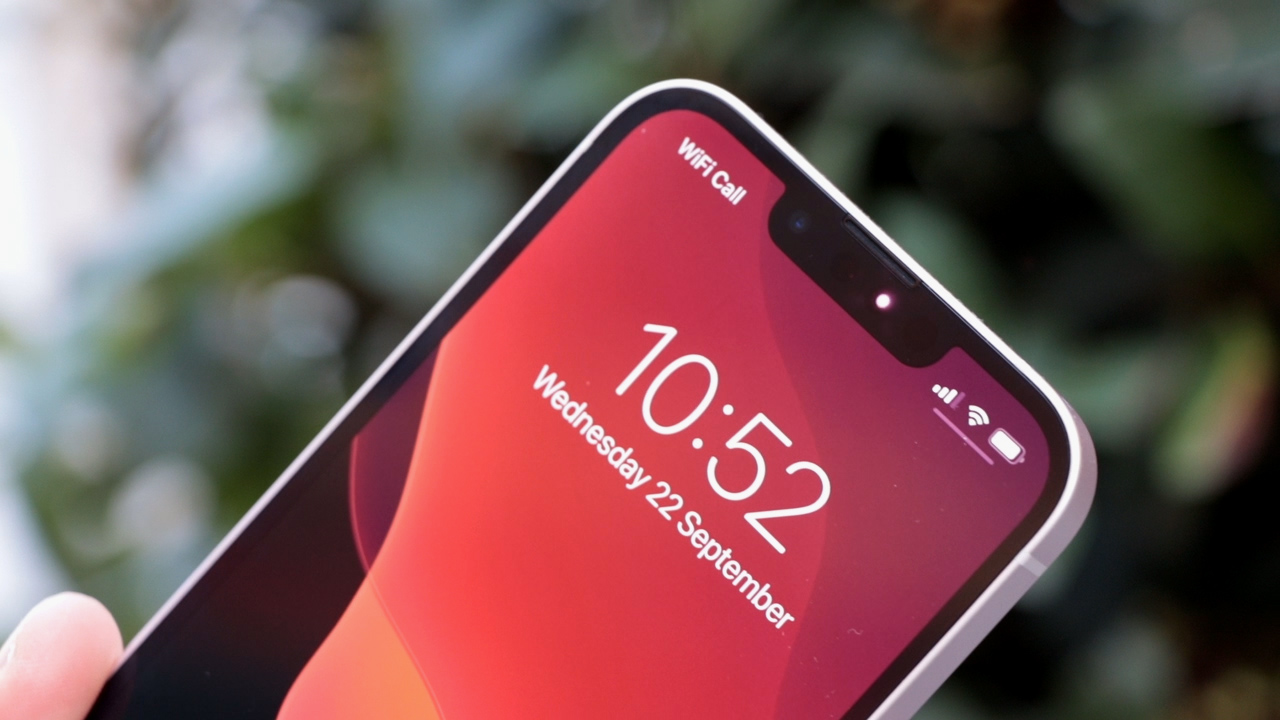Apple just took a huge step forward in smartphone sales
Worldwide shipments are down as vendors grapple with supply challenges

Early demand for the iPhone 13 saw Apple regain second place in the global smartphone market, however the ongoing shortage of components is finally having an impact on sales.
According to new figures from Canalys, Apple increased its share from 12% to 15% year-on year, while Xiaomi’s remained static at 14%. Samsung, the long-term market leader, also witnessed minimal change in terms of share at 23%.
However overall volumes fell by 6% as vendors struggled to meet demand. Several industries, not just the mobile sector, are grappling with a scarcity of key components such as chips caused by the Coronavirus pandemic.
- What is 5G? Everything you need to know
- These are the best business SIM-only deals around today
- And the best business broadband deals
Global smartphone sales
As Covid-19 spread across the globe, governments enacted lockdown restrictions and social distancing measures that had an inevitable impact on demand for consumer electronics, including smartphones.
Many people delayed or abandoned purchases because of economic concerns or because they were physically unable to go to a store. As a result, vendors reduced their orders and manufacturing was scaled down.
Component manufacturers have struggled to keep up with rebounding demand and it is unclear when the problems will end. Analysts have suggested that the situation may not normalise until next year.
“The chipset famine has truly arrived,” said Canalys Principal Analyst, Ben Stanton. “The smartphone industry is striving to maximize production of devices as best it can. On the supply side, chipset manufacturers are increasing prices to disincentivize over-ordering, in an attempt to close the gap between demand and supply. But despite this, shortages will not ease until well into 2022. As a result of this, as well as high costs of global freight, smartphone brands have reluctantly pushed up device retail pricing.”
Are you a pro? Subscribe to our newsletter
Sign up to the TechRadar Pro newsletter to get all the top news, opinion, features and guidance your business needs to succeed!
As the industry gears up towards key shopping seasons, retailers and vendors have been advised to think outside the box to cope with inventory and price challenges.
“Channel inventories of smartphones are already running low, and as more customers start to anticipate these sales cycles, the impending wave of demand will be impossible to fulfil,” continued Stanton. “Customers should expect smartphone discounting this year to be less aggressive. But to avoid customer disappointment, smartphone brands which are constrained on margin should look to bundle other devices, such as wearables and IoT, to create good incentives.”
- These are the best iPhone 13 deals available today
Steve McCaskill is TechRadar Pro's resident mobile industry expert, covering all aspects of the UK and global news, from operators to service providers and everything in between. He is a former editor of Silicon UK and journalist with over a decade's experience in the technology industry, writing about technology, in particular, telecoms, mobile and sports tech, sports, video games and media.